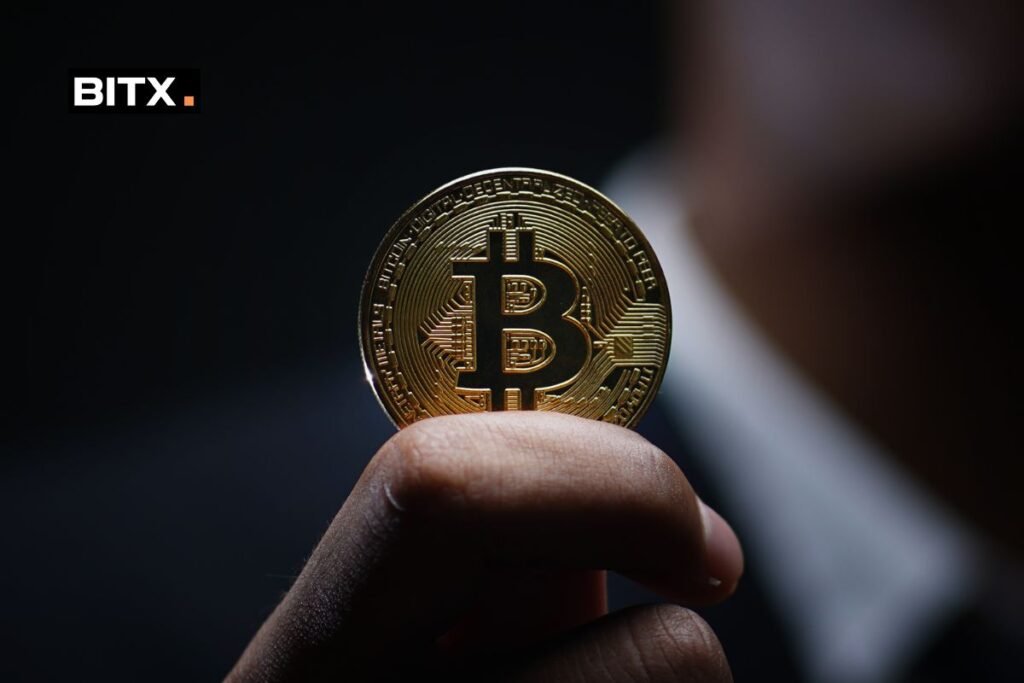Understanding the US Approach to Bitcoin Regulation: Implications for Global Markets
Introduction
Bitcoin, the pioneer of cryptocurrencies, has emerged as a disruptive force in the global financial landscape. As its influence grows, so does the need for regulation to maintain financial stability and protect consumers. In this article, we delve into the US approach to Bitcoin regulation and explore its implications for global markets.
The Evolution of US Bitcoin Regulation
The US approach to Bitcoin regulation has been a dynamic process, evolving from initial skepticism to a more nuanced and proactive stance. The first significant step was the designation of Bitcoin as a commodity by the Commodity Futures Trading Commission (CFTC) in 2015. This decision paved the way for the trading of Bitcoin futures on the Chicago Mercantile Exchange (CME) and the Chicago Board Options Exchange (CBOE) in 2017.
The Role of FinCEN and the SEC
Two key bodies in the US regulatory landscape are the Financial Crimes Enforcement Network (FinCEN) and the Securities and Exchange Commission (SEC). FinCEN, a bureau of the U.S. Department of the Treasury, focuses on anti-money laundering (AML) and counter-terrorist financing (CTF) regulations, requiring Bitcoin exchanges to comply with know-your-customer (KYC) and AML/CTF standards.
On the other hand, the SEC views Bitcoin-based tokens as securities, subjecting initial coin offerings (ICOs) to securities laws. This stance, while controversial, has provided a legal framework for the regulation of Bitcoin-related securities in the US.
A Global Impact
The US approach to Bitcoin regulation has far-reaching implications for global markets. As a financial powerhouse, the US leads in the adoption of Bitcoin and sets the tone for international regulation. Its regulatory stance influences other countries’ policy decisions, with some countries adopting similar frameworks and others following a more lenient or stringent approach.
The Impact on Bitcoin Adoption and Innovation
The US regulatory approach has both positive and negative implications for Bitcoin adoption and innovation. On one hand, regulatory clarity fosters investment and adoption by eliminating uncertainty and reducing risk. On the other hand, stringent regulations could stifle innovation by imposing high compliance costs and dampening enthusiasm among investors and businesses.
Conclusion
The US approach to Bitcoin regulation is an evolving process that balances the need for financial stability, consumer protection, and innovation. As the world’s leading financial power, the US has a significant impact on global Bitcoin regulation. Understanding this approach is crucial for market participants, policymakers, and stakeholders in the global financial ecosystem.
Future Outlook
Looking ahead, it is expected that the US will continue to refine its approach to Bitcoin regulation. The ongoing development of digital assets and the growing global reach of Bitcoin necessitate a proactive and adaptable regulatory framework. As the industry evolves, so too will the US response, with the potential for greater international coordination as key countries grapple with the study of this burgeoning asset class.
